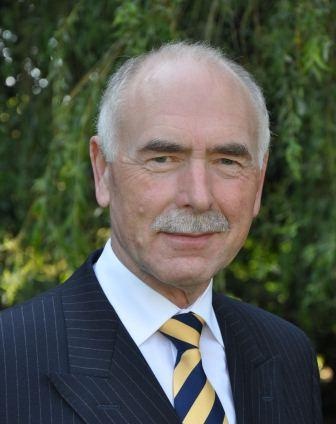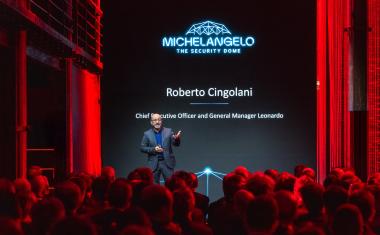Diversity of forensic marking technology reflected in BSIA section re-brand
The Cash and Property Marking section of the British Security Industry Association (BSIA) has updated its identity and revitalised its strategic objectives in recognition of the gr...

The Cash and Property Marking section of the British Security Industry Association (BSIA) has updated its identity and revitalised its strategic objectives in recognition of the growing marketplace for forensic marking products.
Now known as the Asset and Property Marking Section, the group offers a forum for security firms whose products deter theft and other crimes by rendering stolen goods unmarketable through either covert or overt security marking. Security marking also enables police to catch and convict criminals, thus creating a powerful deterrent.
Forensic property marking is used to prove the origin of stolen goods by painting or labelling them with a coded solution, modelled on the principles of human DNA. The virtually indelible mixture is visible only under ultraviolet light, but when analysed, it shows a unique profile, proving beyond doubt who owns the property. Once applied, it is not only invisible to the naked eye, but virtually impossible to remove, with even the tiniest trace sufficient for identification purposes.
In recent years, the BSIA's Asset and Property Marking section has been heavily involved in promoting the forensic marking of cash using smoke and dye or glue bonding products, which can help to trace stolen cash and secure convictions in cases of cash-in-transit robbery. However, as technology develops, its application is now more broad-based and can be used to protect a wide range of assets other than cash, a factor which contributed heavily to the section's name-change.
Section Chairman, Geoff Knupfer, explains: "The changes to the identity of our section are a reflection of the wide range of applications that forensic marking technology now has in the marketplace, in particular its increased usage to deter and detect metal and cable theft, which costs the British economy £770 million a year .
"While cash marking is still important, many companies providing this solution have now diversified and broadened their scope to include other types of asset marking products."
The section is now heavily focused upon the development of new standards, not least one particular standard which can be used in the fight against counterfeiting by giving requirements for products used to indicate the authenticity of an item. The standard will also outline requirements for products used for the marking of assets - including cash - for the purposes of deterrence against theft, the identification of stolen goods or identification of a suspect exposed to a marking product.
This standard will apply to a range of products, including labels, etching products, covert forensic codes, sprays, glue and dye-packs, and is intended to provide reassurance for customers by ensuring that the product performs according to its manufacturer's description.














